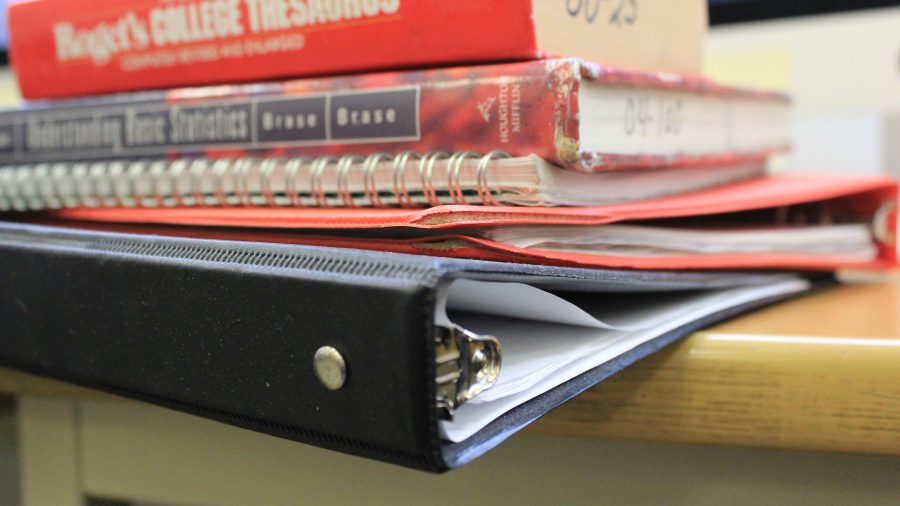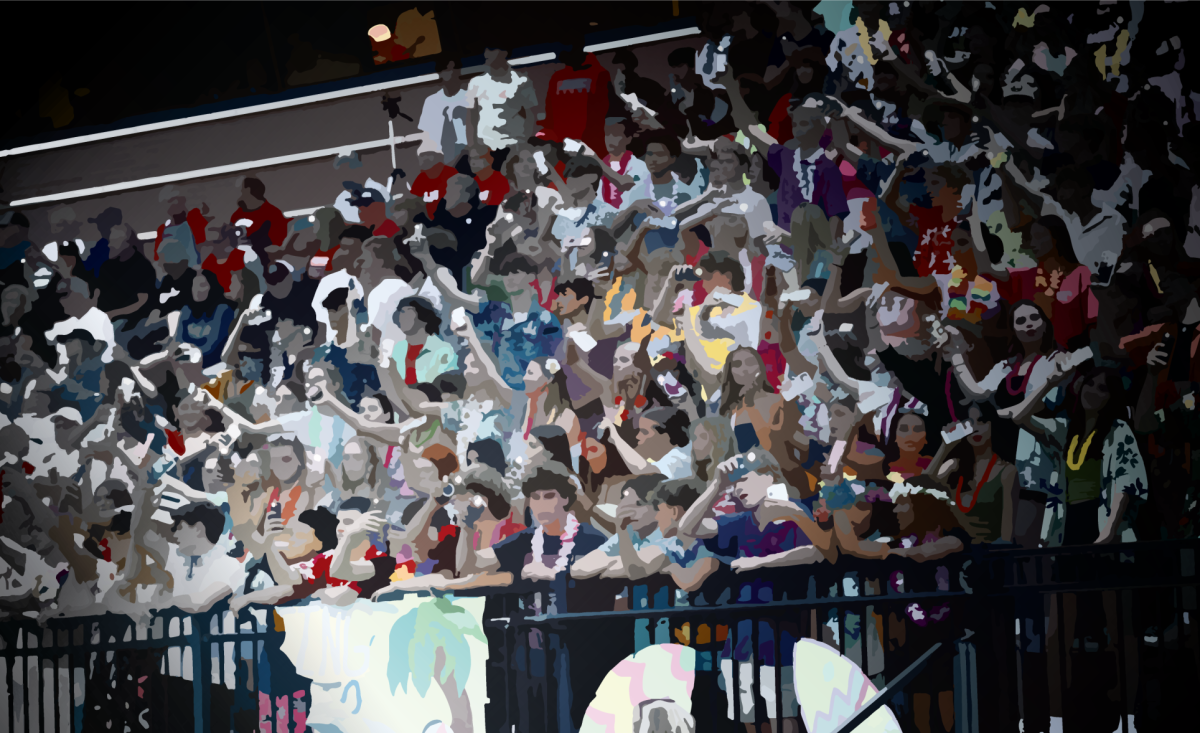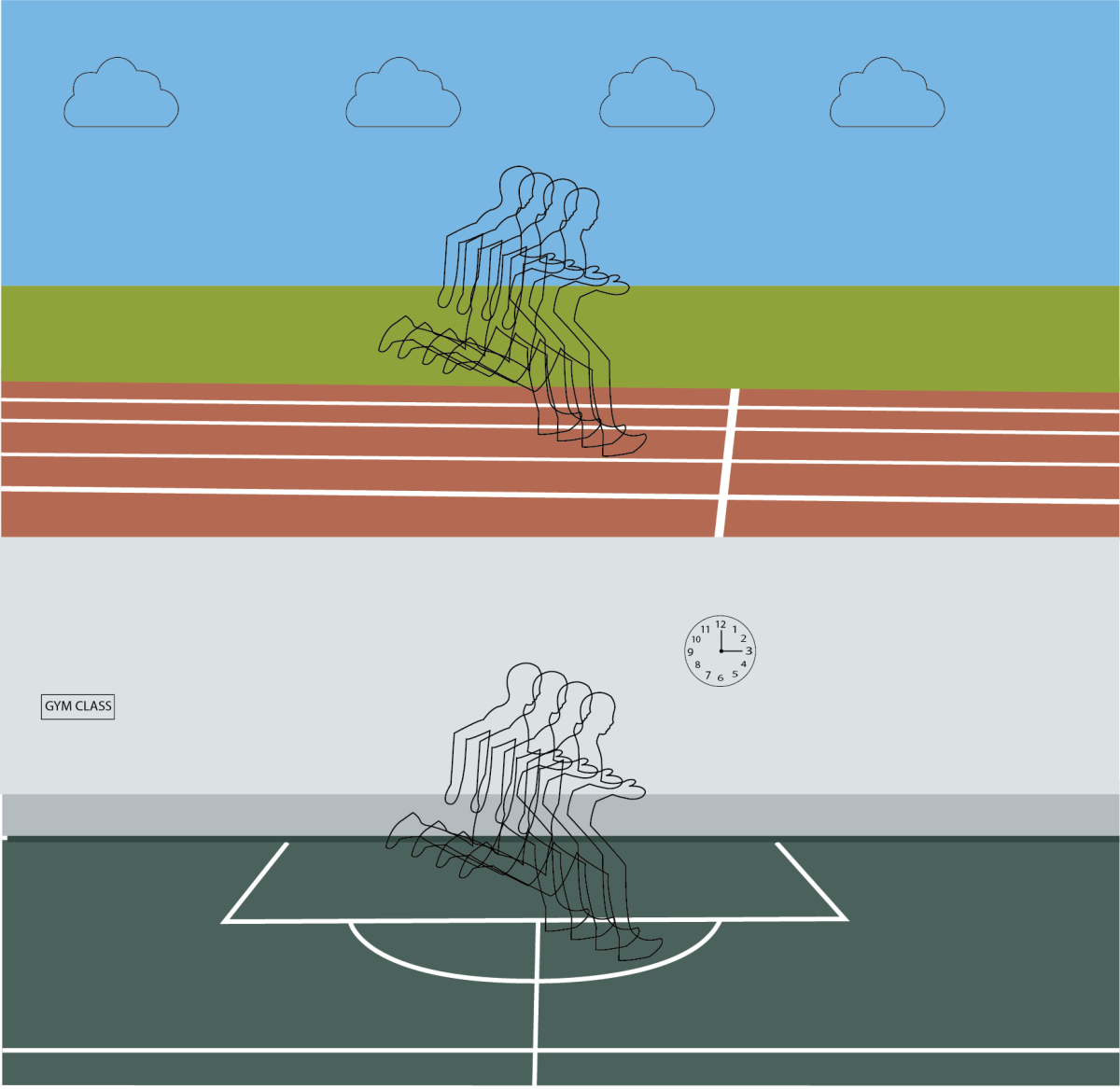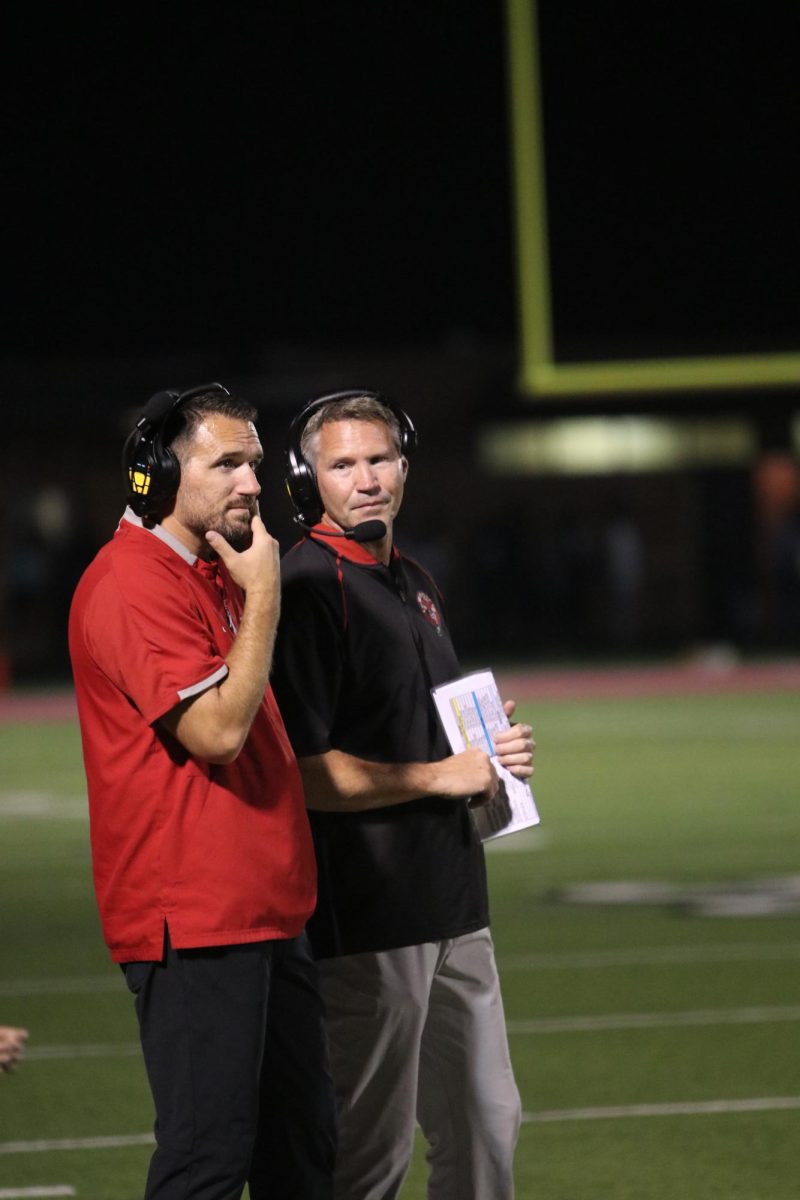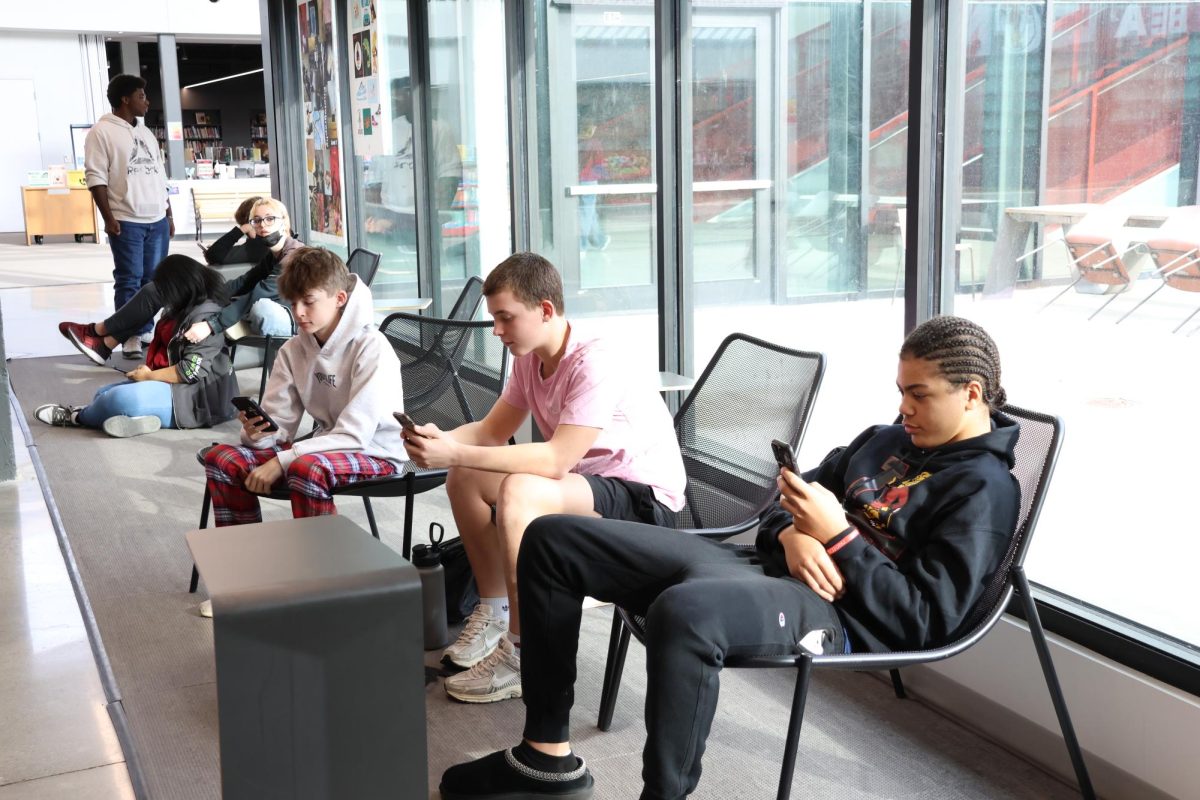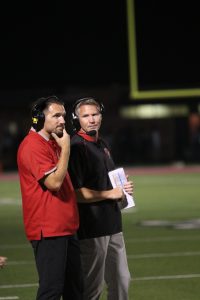Q&A: Norris explains summer school
May 23, 2016
Some students who want to get a passing grade in a class choose to make it up by going to summer school. Assistant principal Mike Norris explains the process and details of summer school.
- How do you qualify for summer school?
Norris: “There are 2 different ‘summer schools.’ The primary one operates like winter night school. Students earning a specific grade in specific core classes (usually 50%) are invited to summer school. Summer school serves as an ‘extended school year’ in which the student can complete enough work to have his/her grade changed to a D. The other summer school is an extension of our credit recovery program. These kids come to school to work on courses in Odysseyware (our credit recovery software) in the same way students might be enrolled in a credit recovery class during the school year. We usually focus first on seniors needing the credits to graduate that summer, but we will then fill empty seats with students of other grade levels that have a need. Both programs are voluntary in the sense that students cannot be required to attend summer school.”
- For how long do you have to be in summer school?
Norris: “Summer school runs 4 weeks, usually starting the Tuesday after Memorial Day (so 4 weeks minus that first Monday). Sometimes we offer a second Odysseyware session in July.”
- In what way is summer school different from regular classes?
Norris: “In the regular summer school, most courses are extended time to complete missing or failed assignments. They are not a complete curriculum. Odysseyware is a complete course, but since is it purchased ‘canned’ from a company, it might not be exactly like the course that is offered by teachers.”
- Who teaches the classes?
Norris: “Greg Farley supervises summer school. Michael Carriger teaches the English. Bonnie Mills teaches the math. Jack Hood teaches the Social Studies. Alan Gleue teaches the science. Lindsay Buck runs the Odysseyware program.”



